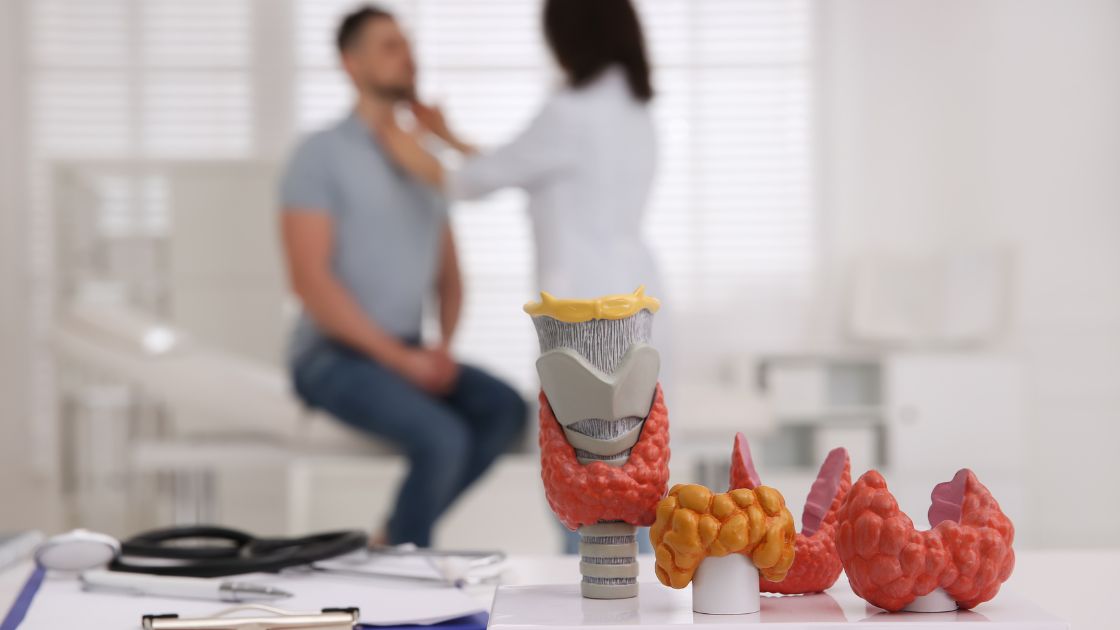What is a Balanced Meal?

Even a question that seems so simple can often confuse people, even professionals within the wellness industry will have difficulty answering that question. Additionally, there really is not a 100% consensus on what the right answer is or should be. To make things even more difficult, the Food and Drug Administration “Choose My Plate” guidelines are confusing at best and include more “nutrient groups” than are actually necessary.
How can we ‘meal plan’ to reach our nutritional goals if we cant agree on what a balanced or healthy meal actually is?
A recently popular nutrition strategy called “Counting your Macros” is a step in the right direction for bringing some clarity and simplicity to the question. However, Counting your Macros can still be hard to track and involves math. (^%@* Math!) Its’ more involved than counting calories and that’s where people usually go wrong!
So, before starting with a calculator, the nutrition “bio hack” I recommend is to identify and include your all 3 macros per meal. I have been in favor of this meal planning guideline since my days at the Cenegenics Medical Institute in 2006-2007. The gist of this nutrition strategy is to build your plate with all three macromolecules your body can digest for energy or building blocks: protein, carb, and fat. By doing this, you ensure that you get the energy and the building blocks your body needs at every meal.
So, I define “a balanced meal” as simply having protein, carb, and fat present at every meal.
‘That’s pretty simple’ is a statement I hear from my clients all the time. At Moyer Total Wellness, our members receive free wellness consultations with me and I always ask them what a balanced meal means to them. My goal is to help people concerned with nutrition understand what the different food types are and what they do for them.
Are you looking to heal from an injury (pain)? Are you looking to build muscle? Are you looking to prevent disease? My clients may be professional athletes, medical doctors, or kids, in the end, we always start from the same place. I call this bio hack “Identifying your Macros”.
It seems simple, but the trick becomes to learn not only what healthy proteins, carbs, and fats are as well as well as the unhealthy ones as well!
Here is a quick list of healthy macromolecules:
Protein
- Meat including lean beef, chicken, pork, turkey, fish
- Eggs
- Beans (Soy products)
- Nuts and seeds
- Some vegetables contain protein in small amounts
Carbohydrates
- Vegetables
- Fruits
- Whole grains
Fats
- Avocado
- Fish
- Nuts and seeds
- Healthy oils like olive oil
Customize It
But, taking an individualized approach, make a list of your favorite foods in three columns, one for each macromolecule: Protein, Carb, Fat. “Vegetables” as a listing is pretty vague (maybe your favorite veggies are carrots and broccoli). So, when you are “identifying your macro”s, there are only three to count per meal. To create a balanced meal, you choose at least one or more foods from each column. If you are choosing healthy foods, portion control is less important. No one gets fat from too much chicken and broccoli!! People become over weight when they choose the wrong proportions of the wrong foods like ice cream and cake! (Hint: it’s the unhealthy carbs where people go wrong with in weight loss)
When working with new clients, whether they are professional athletes or someone who wants to lose weight, this is where I start with them; balancing meals by identifying macros. Just start putting together meals with all three macromolecules. Once that is mastered, then we can move onto additional strategies towards reaching your individual goals like intermittent fasting, how much protein per meal, how many meals per day, or anti-inflammatory foods.
Written by: Randy Moyer, DC
Photo Credit: Canva





